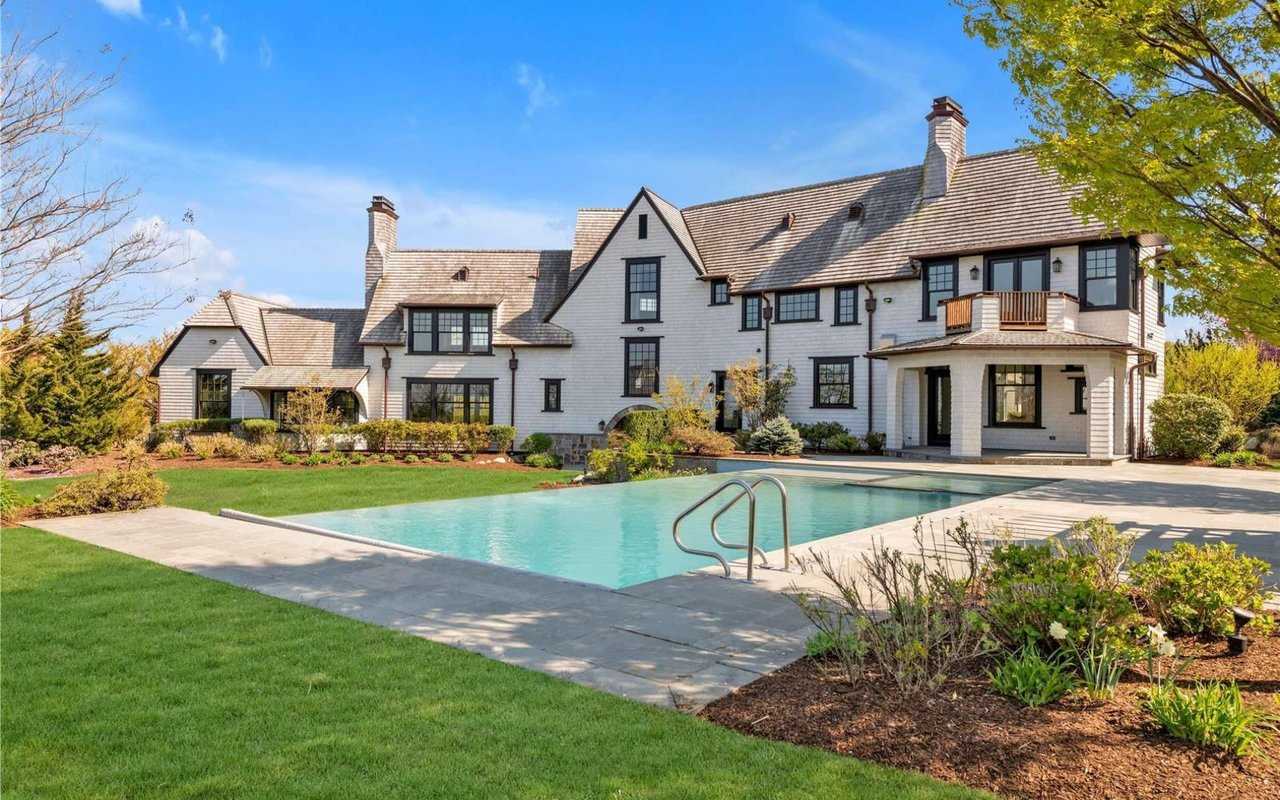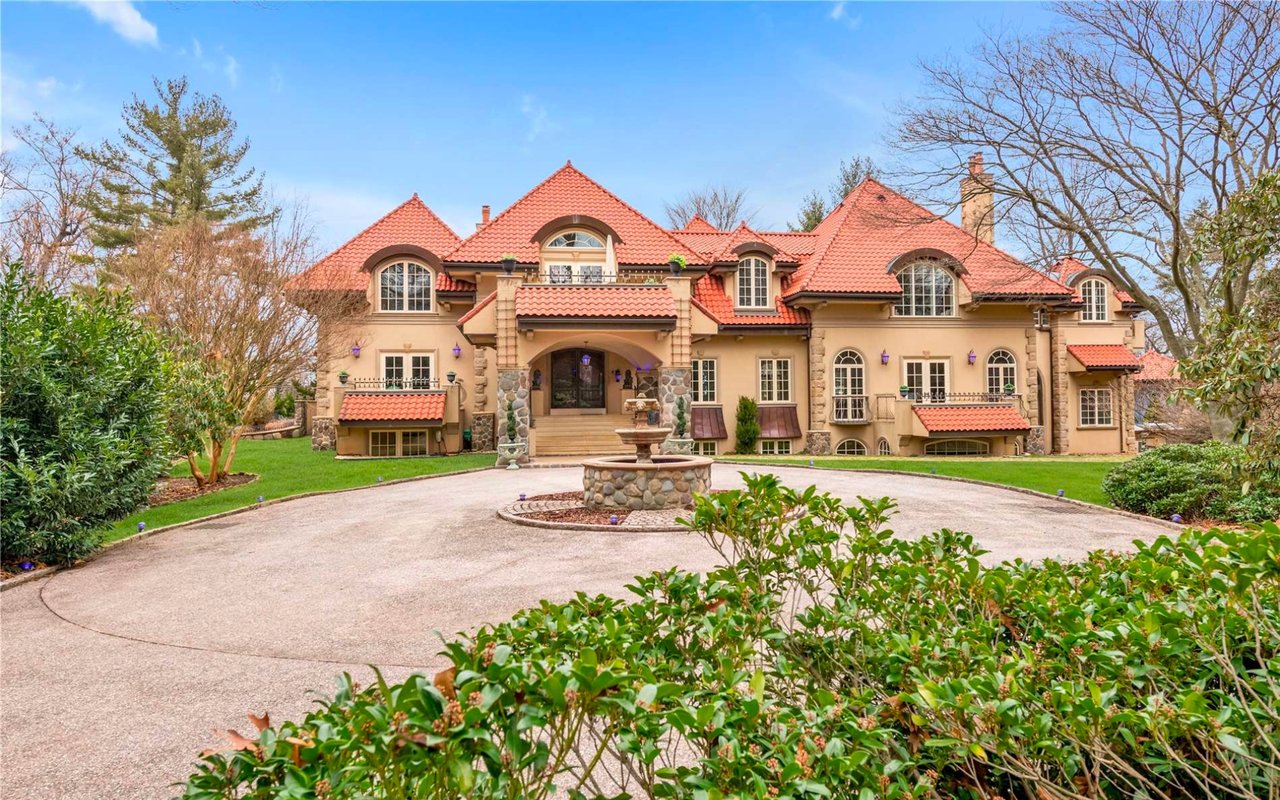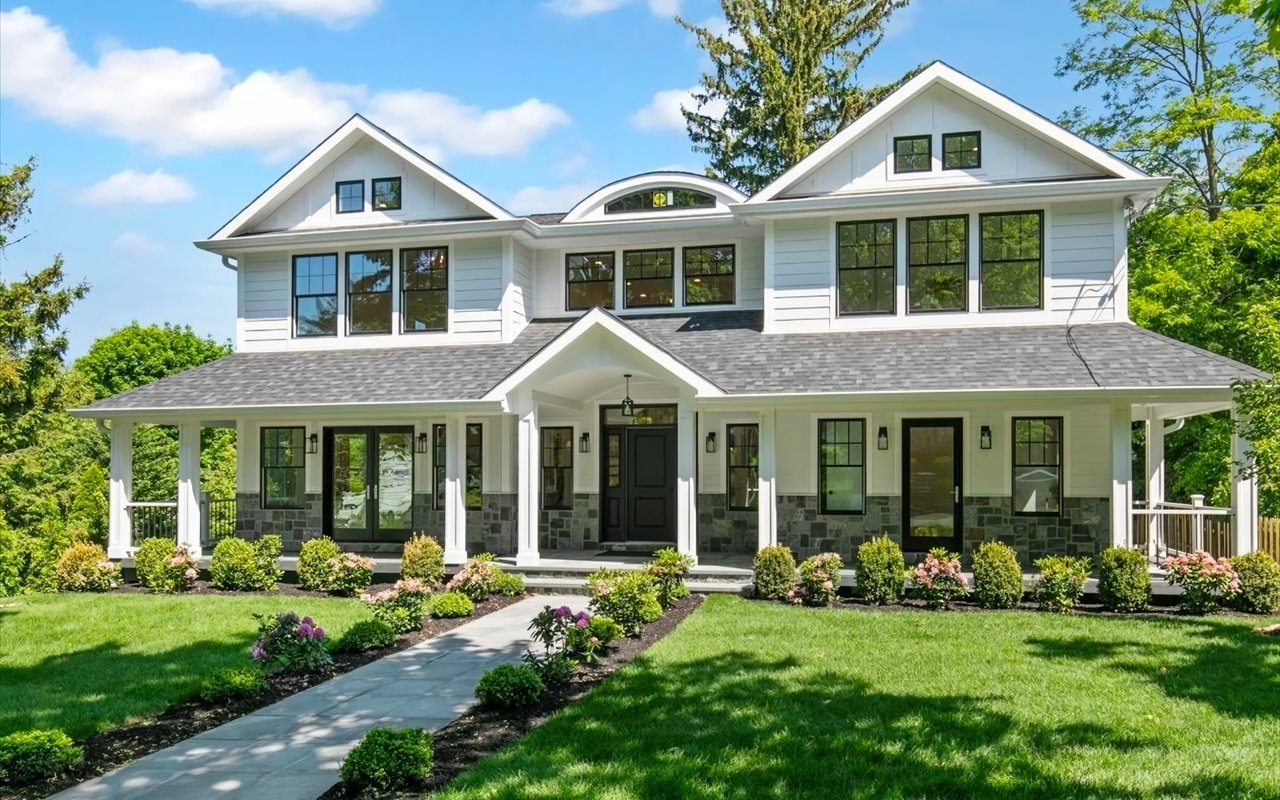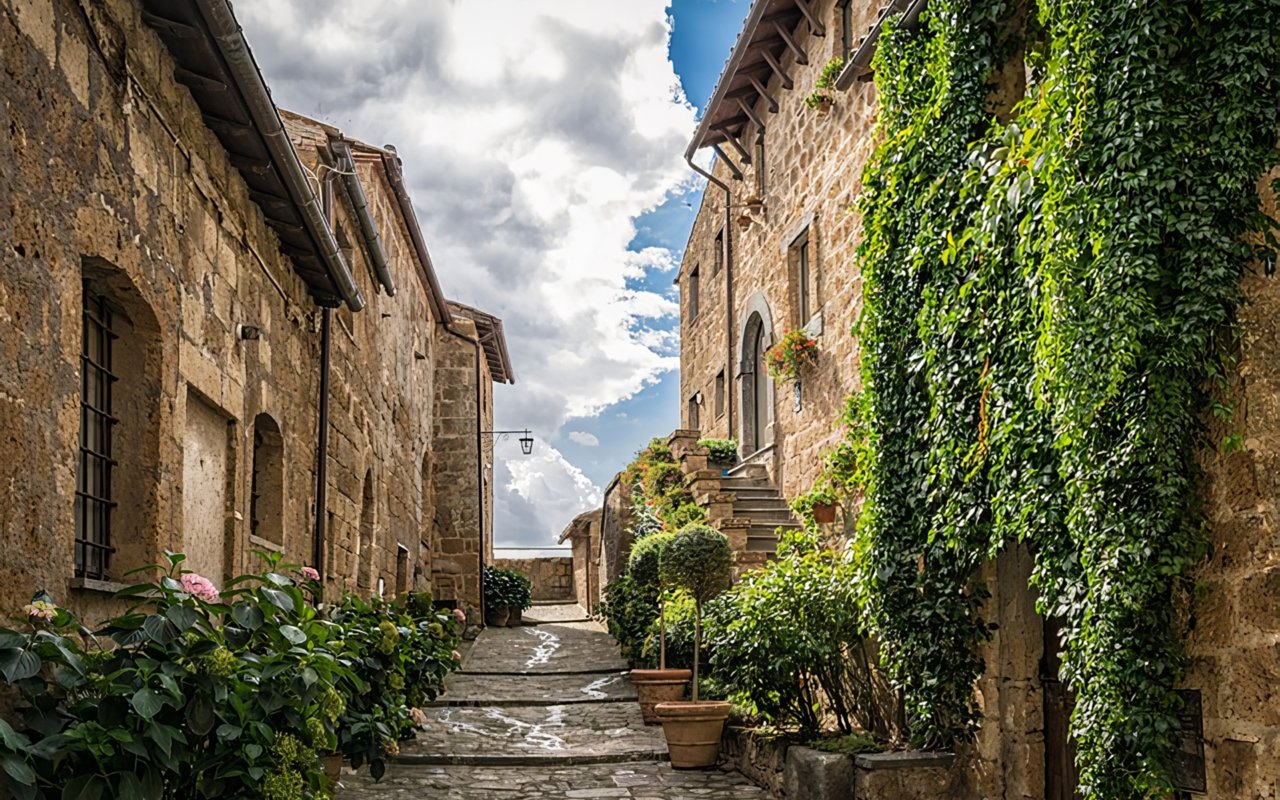Choosing between a second home and an investment property is the definition of a good problem to have. Both options offer distinct advantages and require unique considerations. A second home is often seen as a personal retreat, a place to escape the hustle of everyday life. The primary focus of a second home is lifestyle and enjoyment. It is often a home away from home, a place to relax and recharge.
On the other hand, an investment property is primarily driven by financial goals. It's usually purchased to generate income and build wealth. The main focus here is on rental returns and appreciation. Investment properties can provide steady passive income, especially in popular vacation destinations or thriving rental markets.
While a second home is a personal indulgence, an investment property demands a more business-oriented approach. Let’s look at the differences between a second home vs. investment property and which is right for you.
Definition and overview of second homes
A second home, often called a vacation home, is a property owned by an individual or a family in addition to their primary residence. Unlike the primary residence (which by definition serves as your main living place), a second home is typically used for recreational purposes or as a getaway destination.
For a property to be considered a second home, the IRS requires owners to be there at least 14 days of the year. You can rent your property, but only up to 15 days per year or up to 10% of the days you live there.
A second home offers an opportunity to create lasting memories with loved ones, whether it's a beachfront cottage, a cozy cabin in the mountains, or a charming villa in the countryside. Many people purchase a second home in a location that resonates with their interests, such as a favorite vacation spot or a region renowned for its natural beauty.
For a property to be considered a second home, the IRS requires owners to be there at least 14 days of the year. You can rent your property, but only up to 15 days per year or up to 10% of the days you live there.
A second home offers an opportunity to create lasting memories with loved ones, whether it's a beachfront cottage, a cozy cabin in the mountains, or a charming villa in the countryside. Many people purchase a second home in a location that resonates with their interests, such as a favorite vacation spot or a region renowned for its natural beauty.
How investment properties differ
An investment property requires a business-minded approach, thorough analysis, and active management to leverage its potential and achieve long-term financial goals. Investment properties can take various forms, such as residential houses, apartment buildings, commercial buildings, or even vacant land. The primary objective is to earn a return on investment through rental income, property appreciation, or a combination of both. Depending on a property’s zoning, you might be able to rent your investment property out for commercial purposes.
Owners of investment properties often lease or rent out the property to tenants, generating a steady stream of income. This income can help cover the property's expenses, including mortgage payments, property taxes, insurance, maintenance costs, and other associated fees. Property owners must be prepared to handle challenges such as vacancies, maintenance issues, and market fluctuations.
Owners of investment properties often lease or rent out the property to tenants, generating a steady stream of income. This income can help cover the property's expenses, including mortgage payments, property taxes, insurance, maintenance costs, and other associated fees. Property owners must be prepared to handle challenges such as vacancies, maintenance issues, and market fluctuations.
What are the tax benefits of a second home vs. investment property?
Mortgage interest and property tax deductions are often available for second homes, similar to primary residences. However, the mortgage interest deduction may only apply to mortgage debt up to a specific limit, while property tax deductions may also have caps or restrictions depending on the jurisdiction.
Investment properties provide a broader range of tax benefits than second homes. Owners can deduct various expenses associated with managing and maintaining the property, such as property management fees, repairs, insurance premiums, and even travel expenses for property-related purposes. Depreciation, a non-cash expense, can also be claimed over the useful life of the property, offsetting rental income and reducing taxable income. Finally, investors can defer capital gains taxes on the sale of an investment property by reinvesting the proceeds into a like-kind property through a 1031 exchange.
Investment properties provide a broader range of tax benefits than second homes. Owners can deduct various expenses associated with managing and maintaining the property, such as property management fees, repairs, insurance premiums, and even travel expenses for property-related purposes. Depreciation, a non-cash expense, can also be claimed over the useful life of the property, offsetting rental income and reducing taxable income. Finally, investors can defer capital gains taxes on the sale of an investment property by reinvesting the proceeds into a like-kind property through a 1031 exchange.
What’s the difference between financing a second home vs. investment property?
When you finance a second property with a mortgage, you need to define its occupancy status: is it a primary home, second home, or investment property? If your property qualifies as a primary or secondary home, you can avoid higher interest rates and stringent regulations pertaining to investment properties. Lenders typically view second homes as less risky since they are primarily for personal use. Consequently, borrowers may benefit from lower interest rates, more flexible lending terms, and lower down payment requirements.
Lenders perceive investment properties as higher-risk ventures due to the reliance on rental income and the potential volatility of the real estate market. Consequently, borrowers may encounter higher interest rates, stricter qualifying criteria, and larger down payment requirements, typically ranging from 15% to 25% of the property's value. Lenders may also scrutinize the property's income potential, the borrower's real estate investment experience, and the overall viability of the investment strategy.
Lenders perceive investment properties as higher-risk ventures due to the reliance on rental income and the potential volatility of the real estate market. Consequently, borrowers may encounter higher interest rates, stricter qualifying criteria, and larger down payment requirements, typically ranging from 15% to 25% of the property's value. Lenders may also scrutinize the property's income potential, the borrower's real estate investment experience, and the overall viability of the investment strategy.
How do interest rates differ between second homes and investment properties?
Interest rates for second homes are typically low compared to investment properties. As mentioned before, lenders view second homes as less risky since they are primarily for personal use and are likely to be well-maintained. Borrowers seeking a second home may have stronger credit profiles and financial stability, contributing to favorable interest rates.
On the other hand, investors face higher interest rates for investment properties owing to their increased risk. Borrowers seeking investment properties may have to meet stricter qualifying criteria, including higher credit score requirements and larger down payment percentages.
It's important to note that broader economic conditions, market trends, and individual borrower factors influence interest rates. Shopping around, comparing rates from different lenders, and working with a mortgage professional can help individuals secure the most competitive interest rate for a second home or an investment property.
On the other hand, investors face higher interest rates for investment properties owing to their increased risk. Borrowers seeking investment properties may have to meet stricter qualifying criteria, including higher credit score requirements and larger down payment percentages.
It's important to note that broader economic conditions, market trends, and individual borrower factors influence interest rates. Shopping around, comparing rates from different lenders, and working with a mortgage professional can help individuals secure the most competitive interest rate for a second home or an investment property.
How do mortgage rates differ?
Mortgage rates for second homes are typically comparable to rates for primary residences. Borrowers seeking a mortgage for a second home can generally expect to secure rates that align with prevailing market conditions. Individual factors such as creditworthiness, loan-to-value ratio, and financial stability can influence the mortgage rate offered.
In contrast, mortgage rates for investment properties tend to be slightly higher. Lenders price mortgages for investment properties higher to offset market volatility. Your personal credentials are a more minor part of the equation for an investment property.
In contrast, mortgage rates for investment properties tend to be slightly higher. Lenders price mortgages for investment properties higher to offset market volatility. Your personal credentials are a more minor part of the equation for an investment property.
Which type of property is right for you?
Only you can decide which is the right kind of property for your situation and needs. If you need guidance in the North Shore area, Maggie Keats is your local expert. She’s the top producer on Long Island and can help you realize your dreams, whether it’s your first time buying, purchasing a second home, or investing in property. Contact Maggie today to learn more.
*Header photo courtesy of Maggie Keats




